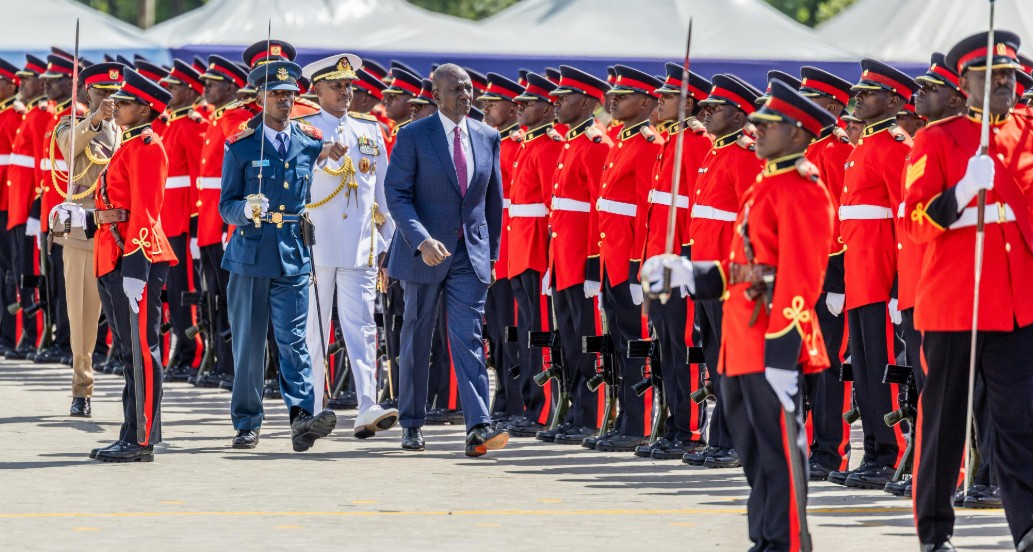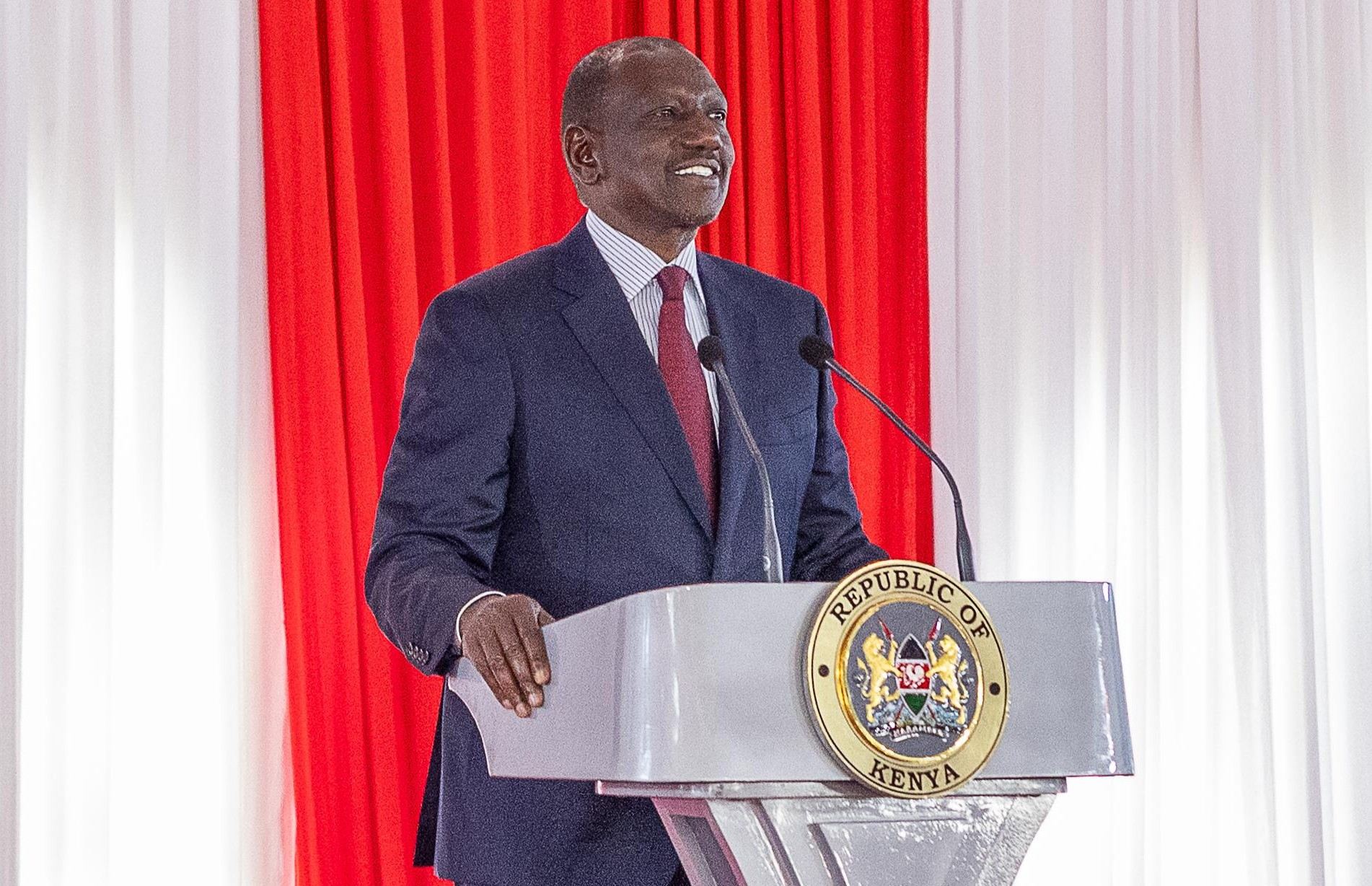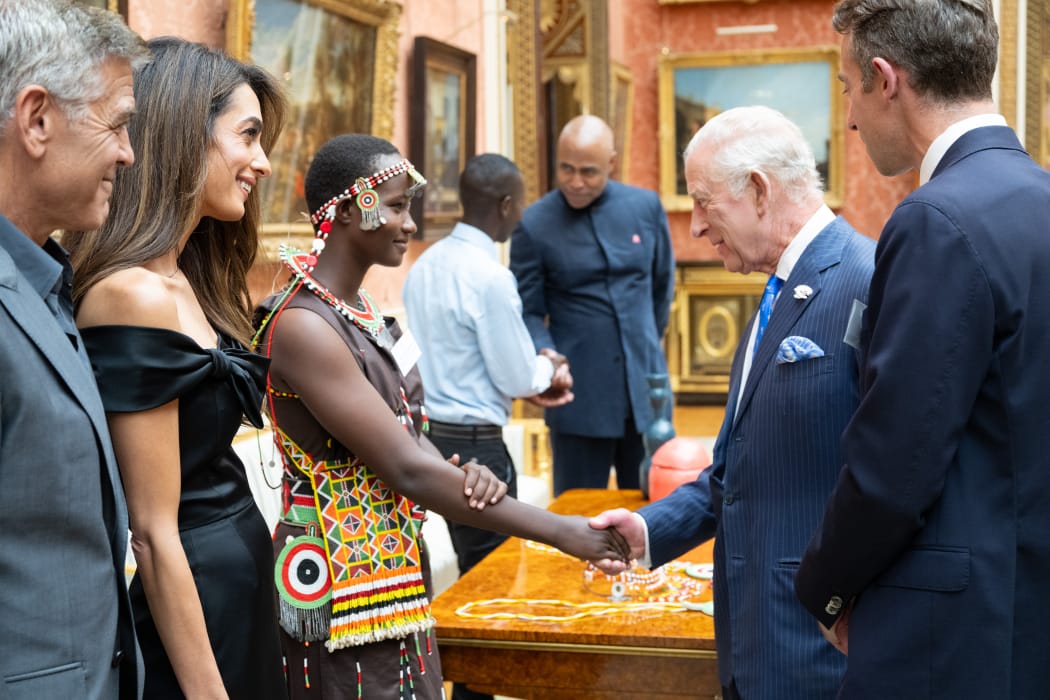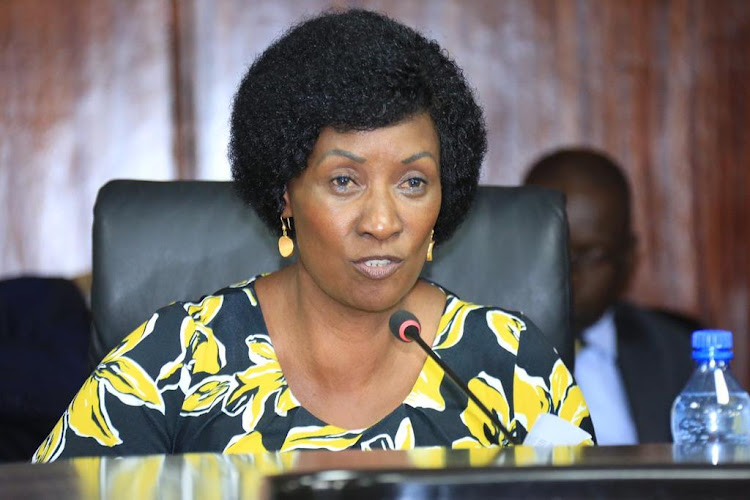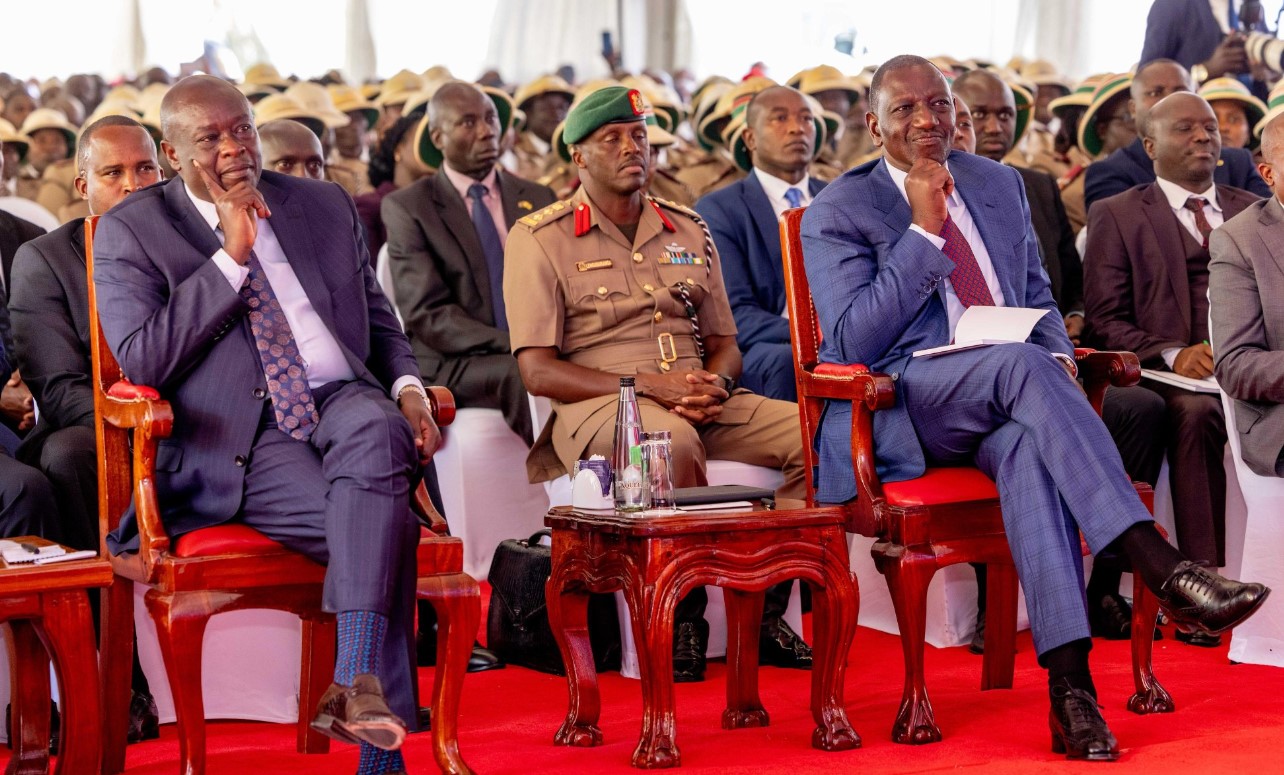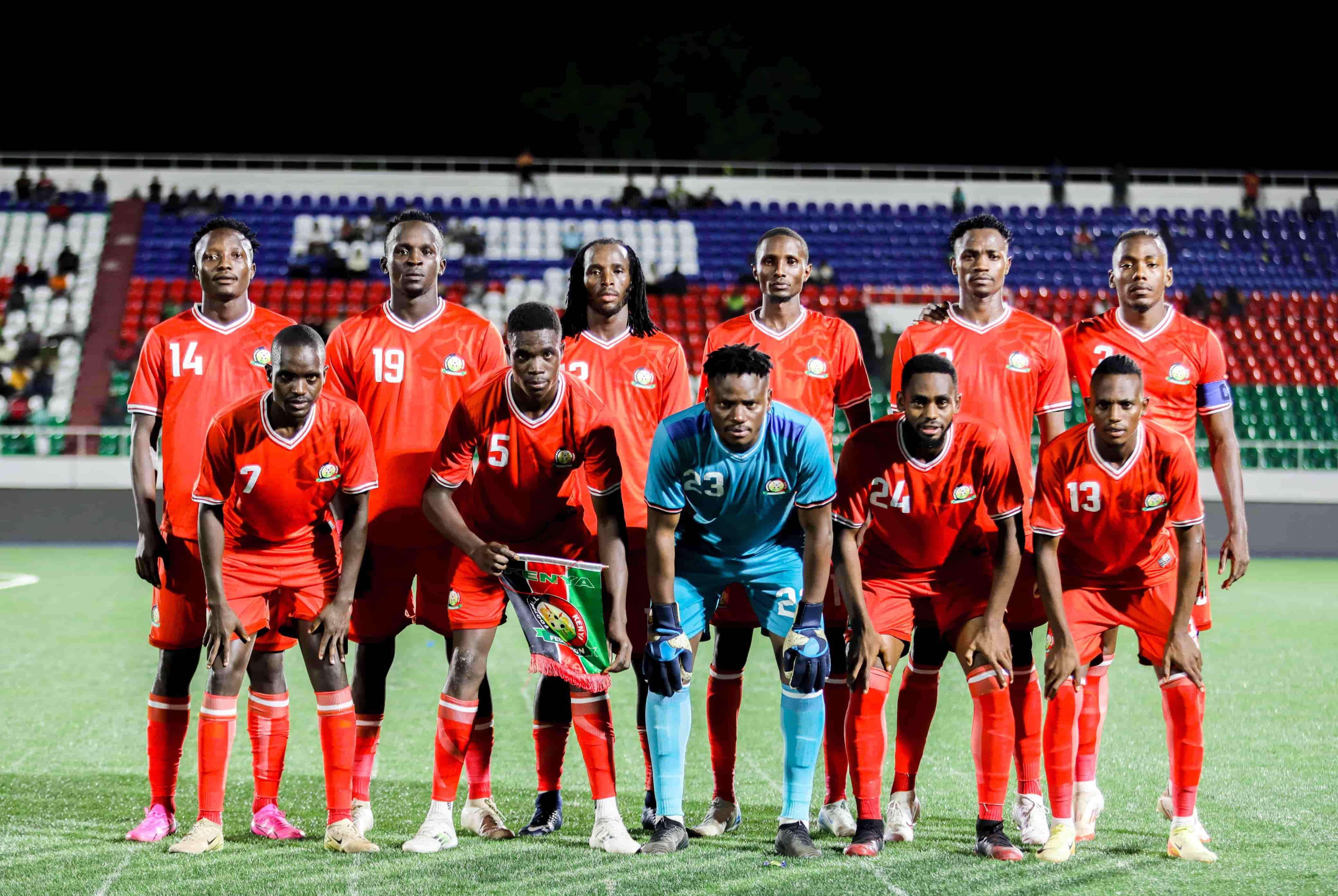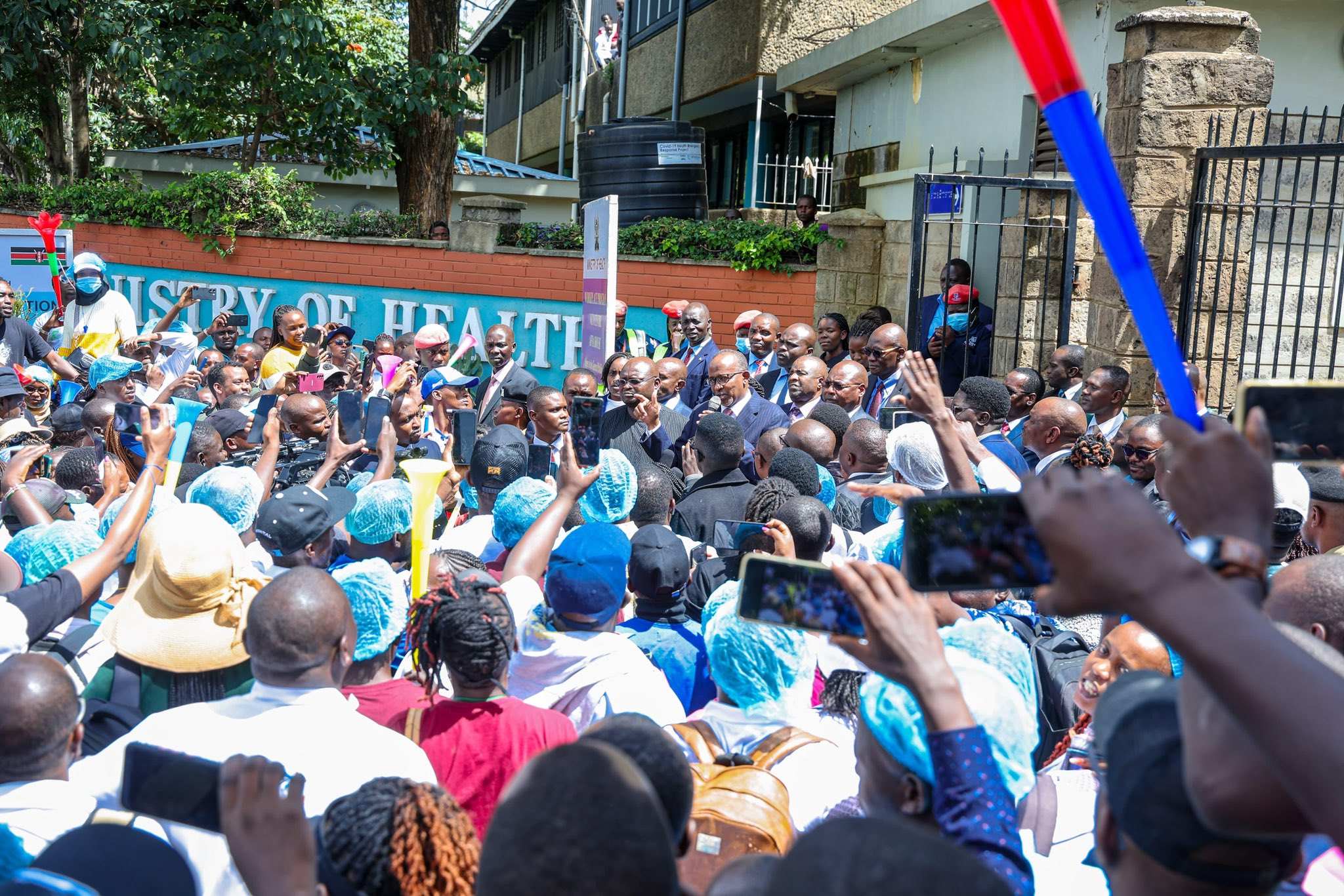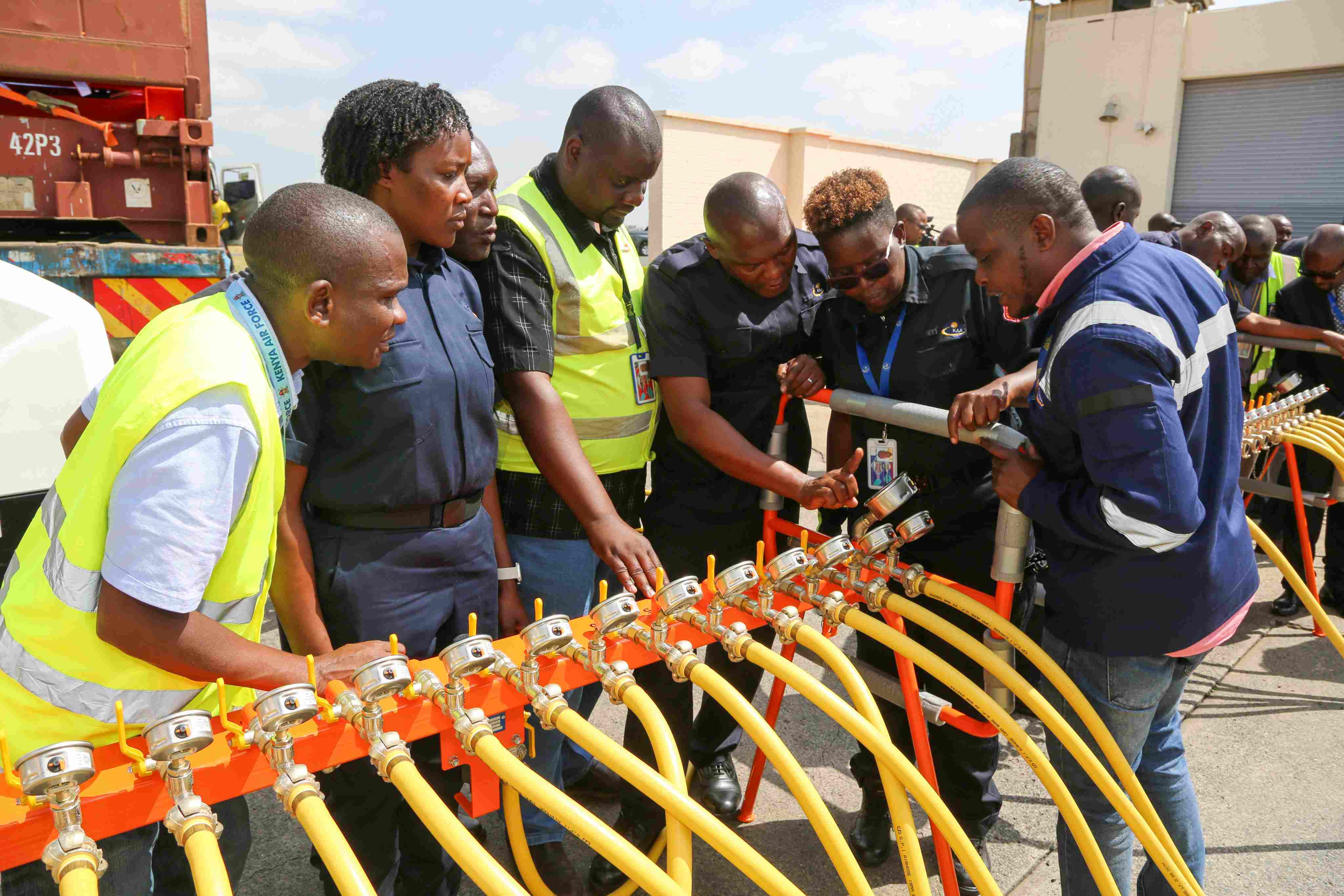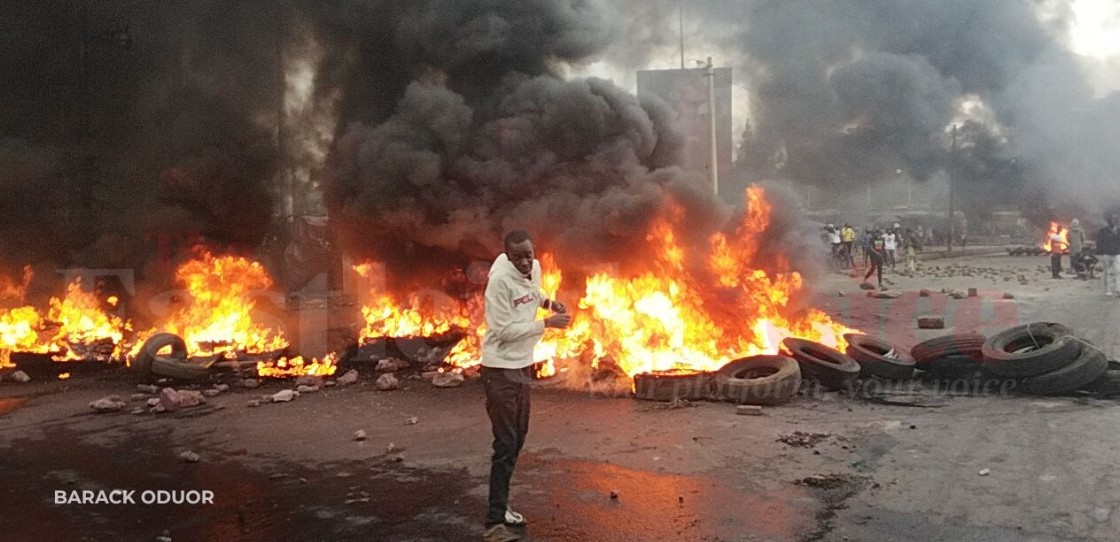More Ethiopians than Somalis migrating irregularly to Kenya, IOM report reveals
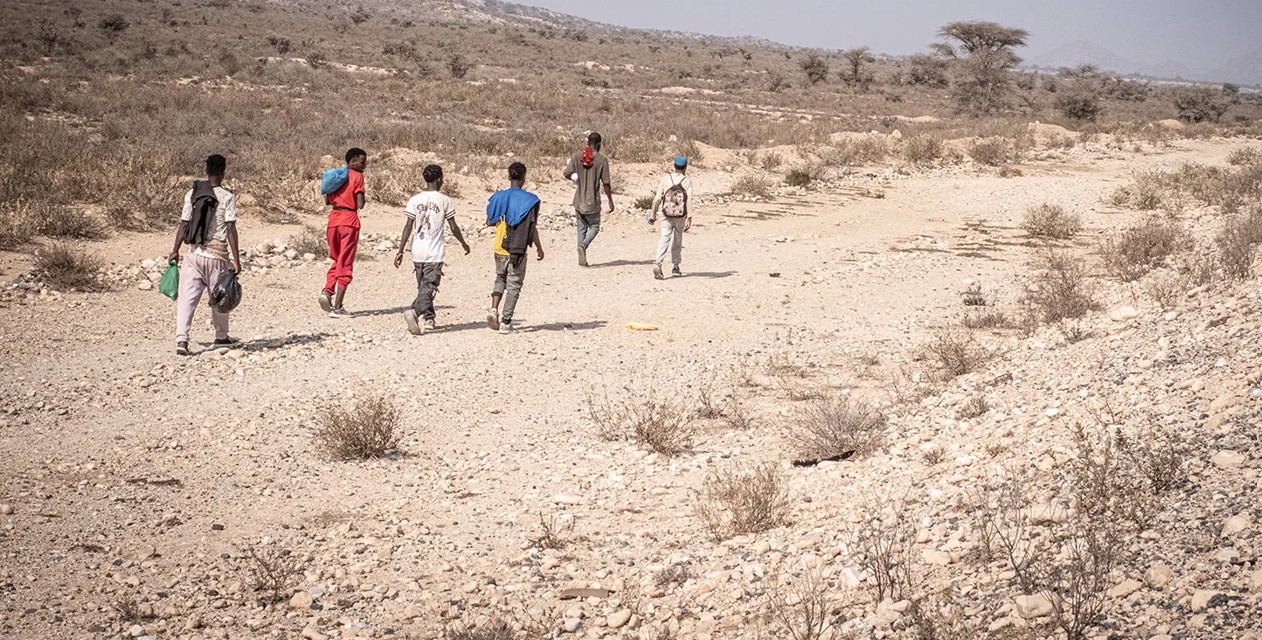
The report notes that the ongoing conflict in Northern Ethiopia is likely to continue to prevent the return movements of migrants stranded in transit countries like Kenya.
More Ethiopians than Somalis are irregularly migrating to Kenya, according to a new report by the International Organisation for Migration (IOM) titled "Regional Migrant Response Plan (MRP) for the Horn of Africa to Yemen and Southern Africa, Annual Appeal 2025."
According to the report, more Ethiopians, compared to Somalis, are transiting through Kenya or migrating to the country annually due to economic challenges, environmental instability, and political tensions back at home.
More To Read
- IOM sounds alarm over suspension of life-saving transport in South Sudan
- IGAD calls for unified cybersecurity and AI strategy to tackle regional security challenges
- Sixty feared dead after two shipwrecks off Libyan coast
- UN, IOM condemn deadly attack on humanitarian convoy in Darfur that killed 5 aid workers
- IOM encourages Eastleigh community to embrace digital finance for smarter money management
- IGAD Climate centre predicts heavy rains for Horn of Africa, urges flood preparedness
The report notes that the ongoing conflict in Northern Ethiopia is likely to continue to prevent the return movements of migrants stranded in transit countries like Kenya.
At the same time, Ethiopia, which also serves as a transit country for non-Ethiopian migrants travelling South, including those from Sudan, Somalia, and Eritrea, is likely to be heavily impacted.
"In August 2024, the IOM Displacement Tracking Matrix (DTM) in Somalia recorded a total of 23,314 migration movements in Somalia, with 74 per cent being outgoing movements along the Eastern and Southern Routes, aimed primarily at destinations such as Ethiopia (66 per cent), the Kingdom of Saudi Arabia (24 per cent), Kenya (7 per cent), and Djibouti (3 per cent)," the report shows.
It adds that throughout 2024, Somalia continued to experience non-voluntary returns, thus retaining its position as a country of origin for many migrants, as well as a critical transit hub for migrants, primarily Ethiopians, attempting to reach the Gulf States through Yemen.
The Regional Migrant Response Plan (MRP) for the Horn of Africa to Yemen and Southern Africa, is a comprehensive, inter-agency, and inter-regional framework that unites 45 organizations to deliver urgent humanitarian and protection support, enhance access to essential services, and implement medium- to long-term measures addressing the drivers of migration for both migrants and host communities in Djibouti, Ethiopia, Kenya, Somalia, the United Republic of Tanzania, and Yemen.
It notes that Kenya's strategic location and stable economy make it both a destination and a key transit hub along the Southern Route for migrants from the HoA, primarily Ethiopia (85 per cent) and Somalia (15 per cent).
While men remain the majority of the Ethiopian migrants, the report shows an influx of Ethiopian women and girls to Kenya in recent years, aiming to find employment.
Kenya shares a border with Ethiopia in Moyale, where the report says some entries occur via the official border point.
It categorises Moyale as a major transit hub alongside Ethiopia's Dewele, Dire Dawa, Metema, and Togochale, which collectively supported thousands of migrants passing through the Eastern route last year, thus requiring extra vigilance and emergency support including food, shelter and water to cater to the needs of vulnerable migrating individuals, 45 per cent of whom have been identified as accompanied children. Unaccompanied children comprised 14 per cent of the total migrants.
Many migrants, however, choose to cross through porous and unmonitored areas nearby to evade immigration authorities.
"Despite a bilateral agreement allowing unrestricted movement between Ethiopia and Kenya, most Ethiopian migrants travel irregularly because they lack the necessary documentation for regular entry, transit, and residence in Kenya," the report notes.
Those possessing identity and travel documents, on the other hand, often face rigorous questioning by immigration officials about the purpose of their journey, and as a result, the majority end up depending on smuggling networks to navigate the Southern Route (the path taken by African migrants moving from the HoA countries towards South Africa and Asia).
As a result of this cross-border movement, the report states that the local economy of Moyale on both the Ethiopian and Kenyan sides of the border has improved, leading to the rise of an informal industry providing transportation, food, and lodging.
"It is estimated that about 60 per cent of the town's income comes from illicit trade, notably migrant smuggling," the report states.
Those who do not wish to stay in Moyale, then embark on road transportation towards Thika, Nairobi, and eventually to Tanzania via various routes and in different vehicles to avoid detection.
On the other hand, the report indicates that Somali migrants, on their part, enter Kenya through overland routes via Mandera or Liboi, then head to Dadaab and Garissa.
"These movements are closely tied to family and ethnic networks, which play a pivotal role in facilitating mobility along the Southern Route by providing logistical support to migrants en route. Indeed, many have social connections in north-eastern Kenya or near the Dadaab refugee camps, where they may spend a few days before continuing their journey either toward Nairobi or to Kenya's southern border via Malindi and Mombasa," the report adds.
It notes Nairobi as a crucial transit hub along this route, where smuggling networks arrange onward travel towards the United Republic of Tanzania with the help of new intermediaries.
"Migrants in transit typically find accommodation in the Eastleigh neighbourhood and its outskirts. This area hosts substantial Ethiopian and Somali diaspora communities and serves as an effective hiding place for migrants until smugglers group them for the next leg of their journey," the report indicates.
From here, four distinct land routes are used to reach the Kenya-Tanzania border, with the primary route leading towards the southern coast, where smugglers utilise both land and coastal paths to reach the porous border crossings into the United Republic of Tanzania near Lunga Lunga or by boat.
The second route goes through Athi River towards unmonitored entry points near the Namanga border crossing, while a third heads toward Oloitokitok in the Kilimanjaro area.
Lastly, an alternative route takes migrants through the Taita-Taveta border crossing points. Here, migrants face increased risks as they are guided through the Tsavo National Park until they reach designated connection points.
Additionally, maritime routes across the Indian Ocean between Kenya and the United Republic of Tanzania are used to bypass mainland checkpoints.
The report shows that to a lesser extent, Somalis, just like Ethiopians, also use this route via Kenya, Tanzania, into Southern African countries like Mozambique, Zambia, and Malawi to reach South Africa.
Between January and October 2024, almost 11,000 migrants were recorded departing Ethiopia along the Southern Route, averaging 1,100 migrant departures each month.
However, this is likely an underestimation due to limited monitoring capacities as well as the numerous routes utilised by migrants in the Southern Route.
"The Southern Route also carries significant risks. Migrants on the Southern route experience various vulnerabilities, including difficulty with access to basic needs and services, such as food, water, shelter, and health services.
Furthermore, human trafficking and smuggling of migrants originating from the HoA moving into Southern Africa are increasingly associated with organised crime and more violent and exploitative measures against migrants.
Migrants face discrimination, stigmatisation, forced labour, injuries, illnesses, slavery, sexual exploitation, kidnappings, and deaths in some cases," the report indicates.
According to the report, migrants transiting via Kenya frequently report being exposed to robbery (54 per cent), bribery and extortion (52 per cent), and risk of detention (56 per cent).
Informal broker networks
While in the United Republic of Tanzania, although migrants have historically faced detention, a 2024 policy change has allowed returns through brokers, inadvertently fostering informal broker networks that may further increase protection risks for migrants.
Meanwhile, the eastern route, which consists of migrants primarily originating from Ethiopia, with a minority from Somalia, transiting through Djibouti, Somalia, and Yemen across the Gulf of Aden to reach the Kingdom of Saudi Arabia and other Gulf States remains the busiest and the most dangerous migratory route in the region with Djibouti counting as the main transit country, with over 134,000 entries as of August 2024, compared to nearly 15,000 entering Somalia.
"Tragically, 2024 has also seen a devastating increase in migrant fatalities along the Gulf of Aden, with 48 deaths and 75 reported missing in October 2024 alone, making it the deadliest year on this route since tracking began in 2014," the report shows.
On its part, Yemen recorded decreased migrant arrivals with approximately 13,000 documented between January and August 2024.
"This sharp decrease is primarily attributed to an anti-irregular migration campaign in the Bab-al-Mandab region that has forced migrants to use alternative routes, suggesting actual arrivals may be far higher than reported," the report shows.
Movement across this route is bidirectional, with both outward movements and returns.
By August 2024, almost 8,500 migrants had spontaneously returned from Yemen to Djibouti and Somalia, while an additional, non-voluntary return from the Kingdom of Saudi Arabia resulted in over 84,000 migrants being sent back to Ethiopia and Somalia.
Gruelling conditions
"Migrants along the Eastern Route face gruelling conditions and limited access to essential goods and services, including food, water, and medical care. These harsh journeys often lead to exploitation by smugglers and traffickers, and many migrants face detention by authorities."
With this increased movement of persons, the report projects that an approximated 1.39 million individuals will require humanitarian support along the Eastern and Southern migratory Routes this year, as migration in the Horn of Africa (HoA) continues to be driven by insecurity, conflict, environmental degradation, poverty, socioeconomic challenges, extreme climatic conditions, public health crises, and traditional seasonal factors.
In 2025, the MRP projects significant impacts from climate change and environmental degradation, including La Niña, to exacerbate irregular migration.
"To meet these needs across Djibouti, Ethiopia, Kenya, Somalia, the United Republic of Tanzania, and Yemen, MRP partners require $81 million," the appeal notes.
It calls for cross-regional cooperation and multi-stakeholder engagement to ensure coordinated services and solutions across the migration corridor in efforts to address these challenges.
The report calls on the host states to also be wary of human trafficking, noting that extensive human trafficking networks stretch between Ethiopia, Somalia, and Kenya.
Top Stories Today
Reader Comments
Trending
